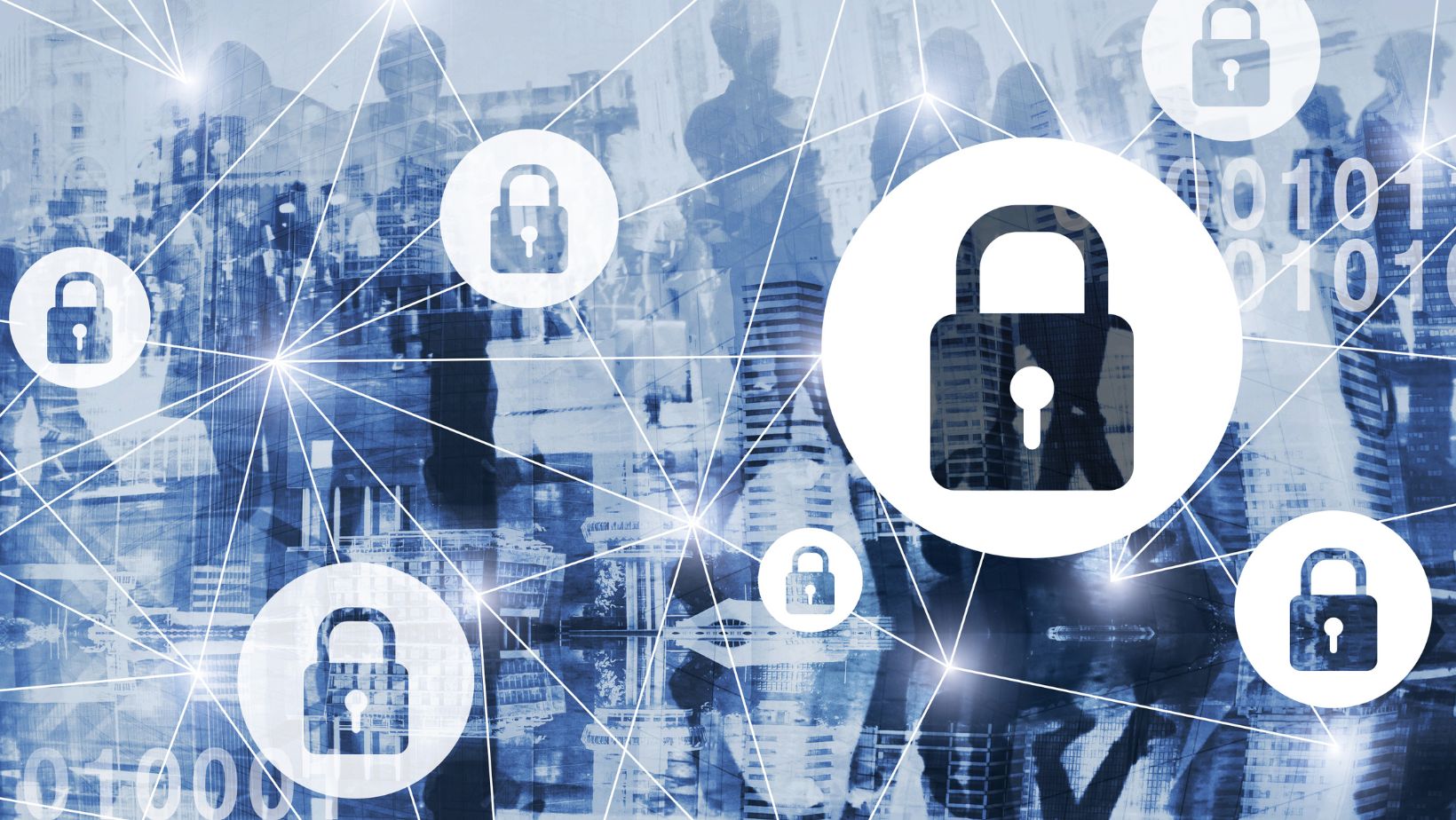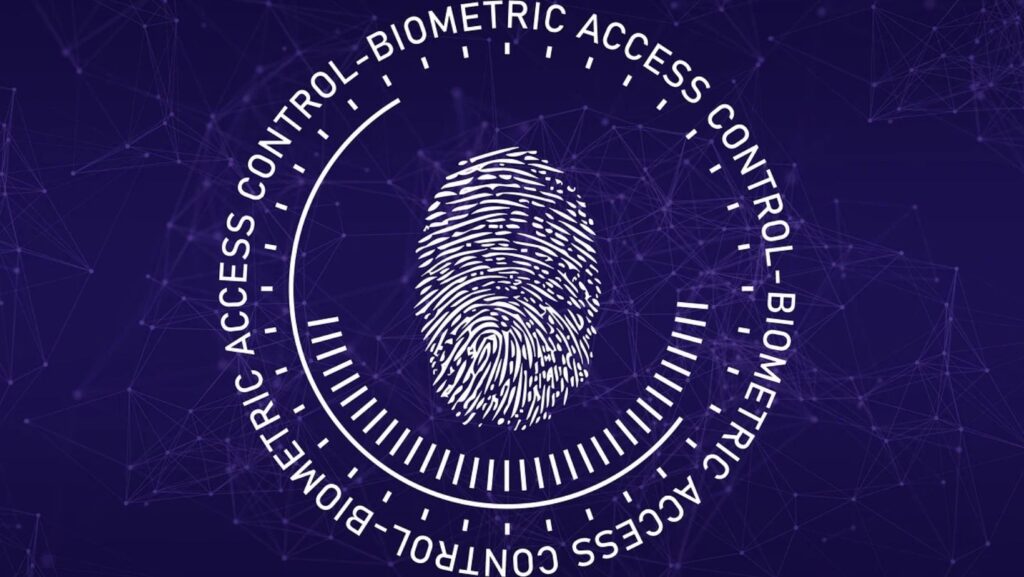The global gaming sector is expanding faster than ever. New platforms, competitive titles, and multiplayer features have turned gaming into a massive online economy. Experts predict gaming revenue will cross $300 billion by 2028, more than doubling since 2019. This growth brings larger audiences, higher stakes and more attention from cybercriminals.
Online games are designed in such a way that they keep the players attached. Be it the login passwords, personal information, or stored credit cards, hackers are fully aware of what is in the game. It is not only games with a leaderboard or loot systems.
The same types of attacks are now hitting casino-style platforms, where data security needs to be top notch. That’s why players using those services need to be cautious. Sites that use SSL encryption and publish clear licensing information are safer choices. The best casinos, such as those listed here, meet these standards and offer added layers of protection that help reduce exposure to cyber risks.
How Hackers Target Games
Online games are run over the world networks with thousands, even millions of accounts online simultaneously. This scale is taken advantage of by hackers. Credential stuffing, which involves using stolen or leaked logins on other platforms, is one of the most frequent techniques. In 2019, Epic Games has cautioned its users after hackers accessed Fortnite accounts using passwords that they discovered elsewhere.
Another common strategy is phishing. Hackers tend to imitate in-game messages or promotions to deceive users to relinquish access. Such fraudulent promises offer a reward or currency but steal logins or financial data.

Game servers can also be knocked out using DDoS attacks. Even a brief outage can impact thousands of users and cause delays in case of a competitive game or a certain event. The developers are forced to act quickly, not only to safeguard the users but also to keep the systems online.
The Player Base is Making Things Worse
Most players spend hours daily on platforms, reducing the ability to be alert to attacks. This strong involvement makes them more vulnerable to deception. It is indicated that the number of web application attacks against the gaming industry increased more than 160 percent within a single year.
One factor is how personal these profiles have become. Accounts can contain years of progress, unlocked items, payment history, and services connected to it. That makes them more valuable and more emotional to the person behind the screen.
In some communities, technical workarounds or third-party modifications are considered normal. Nevertheless, these practices may lead to malware, keyloggers, or scams that present themselves as useful tools. The difference might go unnoticed even by experienced users before it is too late.
Things Developers Can Do
Most firms are improving but the threats are still beating the fortifications. Simple precautions are encryption of user data and more advanced verification systems. However, hackers tend to target the vulnerabilities between such systems such as customer service or old access platforms.
Some game companies have started offering bug bounty programs to find issues before they’re exploited. Others are using behavior tracking tools to detect unusual activity, such as rapid item transfers or logins from unfamiliar regions.
Even with these protections, responses are still reactive in many cases. Pressure is increasing with the lower cost and greater automation of the tools of attack. Security cannot be tacked on to development; it must be incorporated in the design.
Why This Still Deserves Attention
Cyber attacks on gaming services continue to be a concern going into 2025. The Asia-Pacific and Japan region, which represents close to a quarter of global players, recorded more than 186 billion DDoS attempts over the span of 18 months. With such a large and active user base, this level of activity highlights how common these threats have become.
Code leaks, supply chain vulnerability and ransomware are now considered security risks that major developers need to plan for. High-profile names like Riot Games, CD Projekt Red, and Rockstar have also encountered incidents that prompted changes in how the industry approaches protection.
The movement towards improved security practices is already apparent in most areas of the sector. Corporations are investing in increased surveillance, secure infrastructure and enhanced inter-team coordination. Now it is a question of consistency. Cybersecurity as a long-term development will assist the platforms to form trust and stability as the platforms keep expanding.
